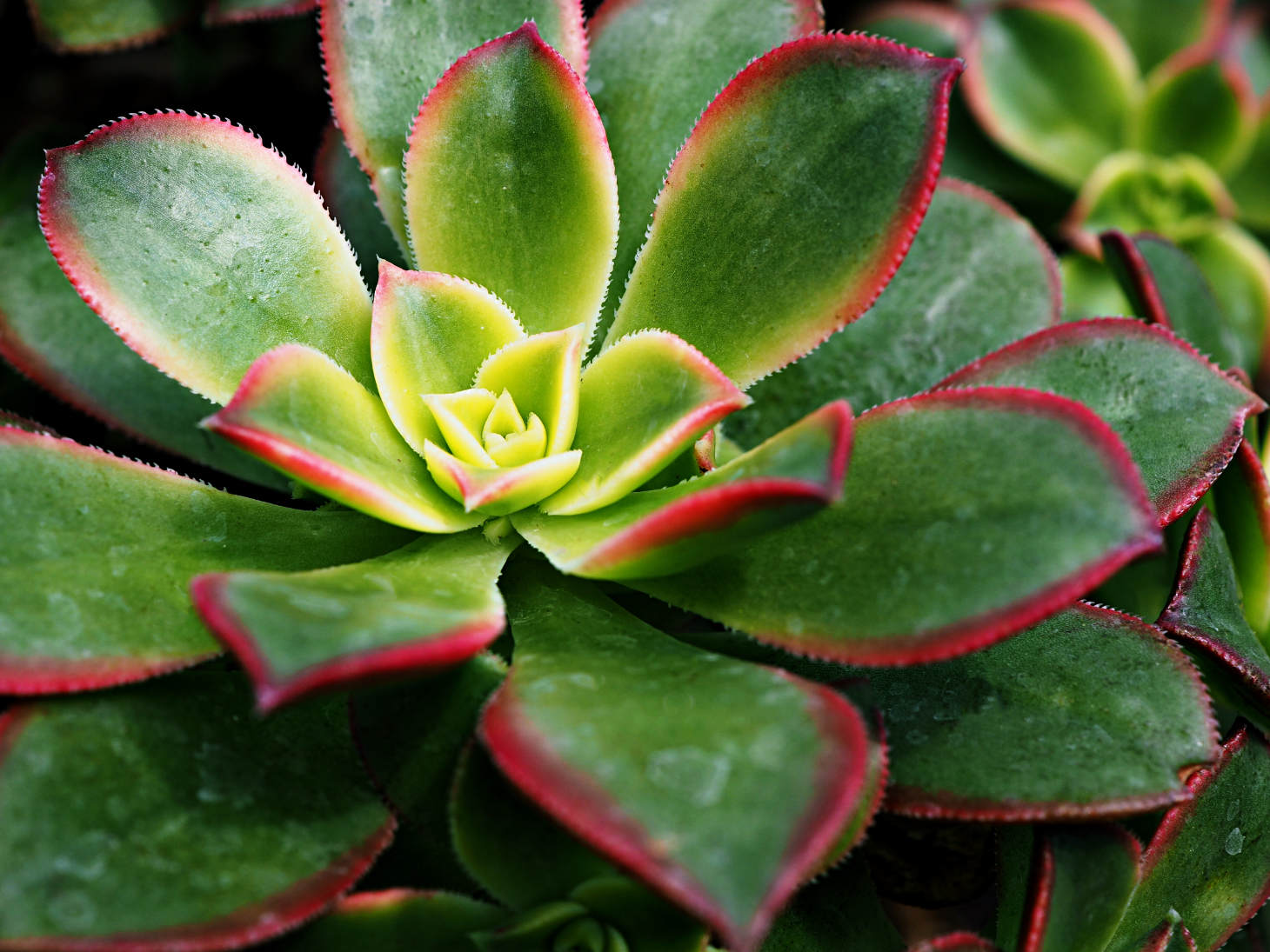Rosette Succulent Plants
Rosette succulent plants are unique varieties that grow in a circular, flower-like pattern, with leaves that spread out in layers resembling the petals of a rose. You may have noticed these eye-catching plants in gardens, on windowsills, or in plant shops. Their form makes them both attractive and easy to identify.
These succulents come in many types, sizes, and colors. Common kinds include Echeveria, Aeonium, Agave, and Sempervivum. Whether you are a beginner or experienced with plants, you can find a rosette succulent to suit your style and care routine.
Rosette succulents aren’t just nice to look at, many are also hardy and simple to care for. Their unique shapes and low-water needs make them a favorite for indoor and outdoor spaces alike.
What Are Rosette Succulent Plants?
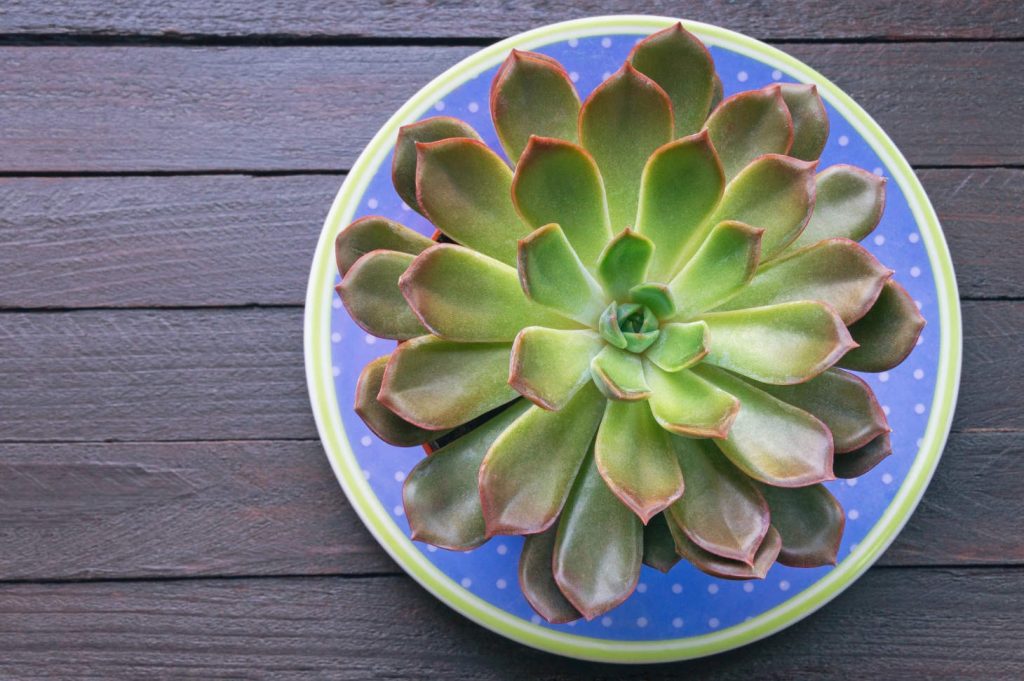
Rosette succulents are known for their neat, circular leaf arrangement that resembles a rose. They come in many types, each with different shapes, sizes, and care needs.
Defining Rosette Succulents
A rosette succulent is a plant whose leaves grow outward in tight, spiral circles from a central point. This pattern helps the plant capture sunlight more efficiently and reduce water loss. You can spot a rosette by looking for layers of leaves stacked in overlapping circles, much like petals on a rose.
Crassulaceae is a large family that includes many rosette succulents. The leaf shape, color, and thickness vary between species, but the rosette shape always stands out. In dry areas, this pattern helps the plant survive harsh sun by shading its own base.
These plants can grow low to the ground or form tall stems topped with rosettes. Some are very small, like hen and chicks, while others, like agave, can get quite large.
Popular Varieties
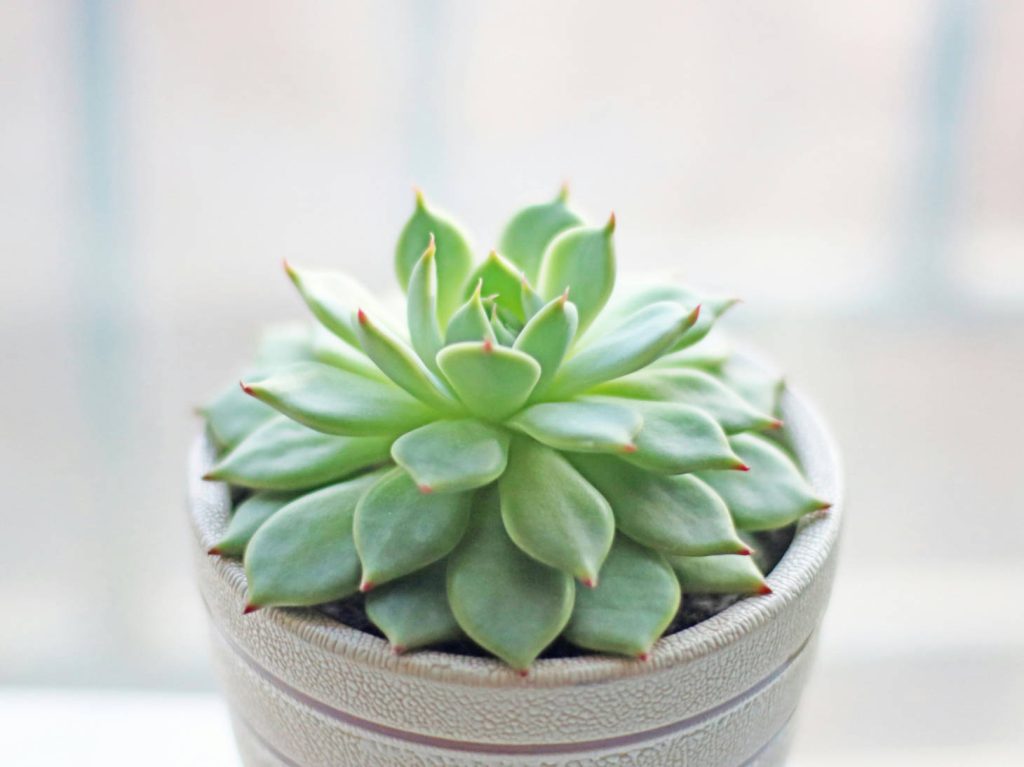
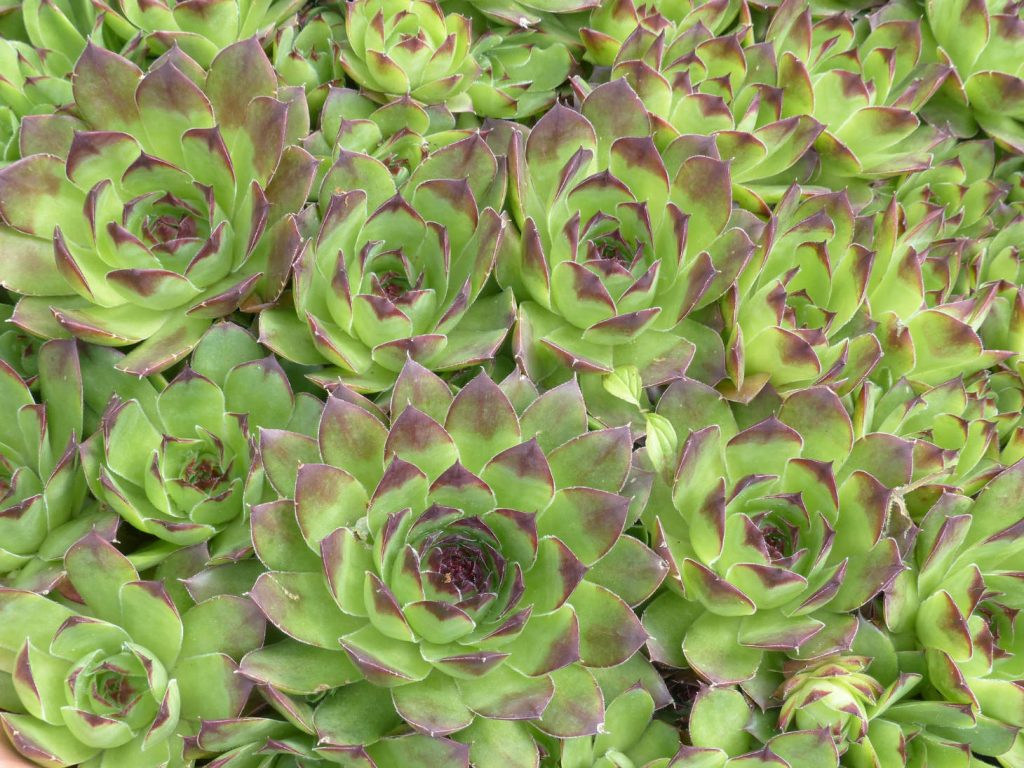
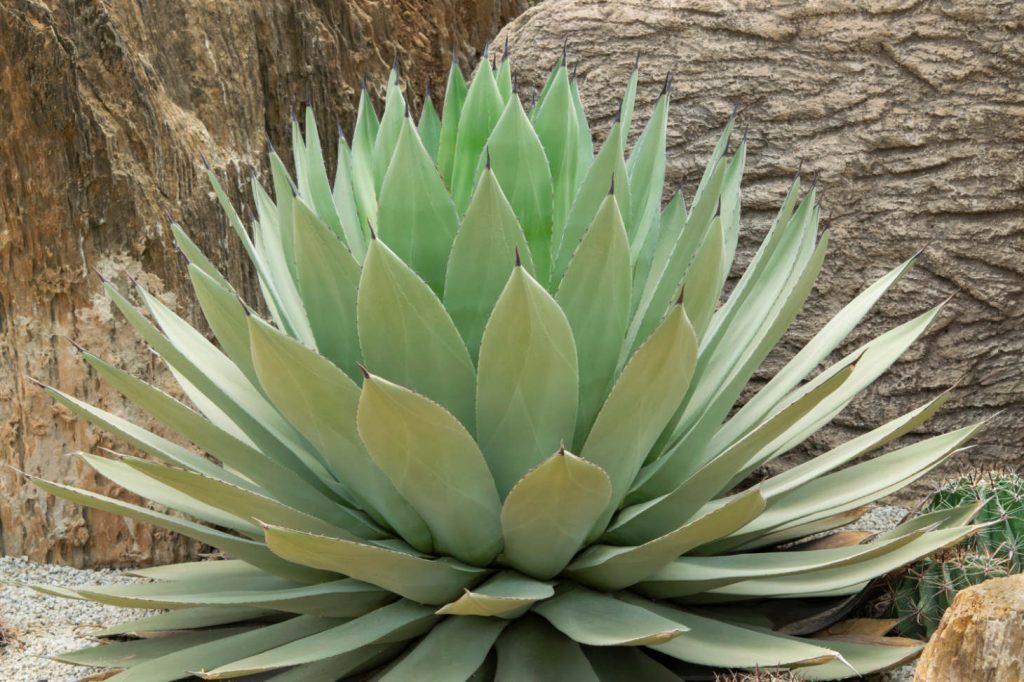
Some of the most common rosette succulents include:
- Echeveria: These are popular for their pretty, soft leaves and wide range of colors. Mexican snowball is one well-known type.
- Hen and chicks (Sempervivum): These are named because the main rosette (“hen”) produces small offsets (“chicks”). They’re hardy and easy to grow.
- Agave: These have thick, pointed leaves and can get much larger than most other rosette succulents.
Unique Characteristics
Rosette succulents are adapted to store water in their leaves, which helps them survive drought. Their leaf arrangement lets you water at the base, reducing rot risk. Many have a powdery coating or waxy layer that helps keep moisture in.
These plants often grow well in containers or rock gardens. Hen and chicks spread by producing new rosettes, so you get many plants over time. Agave is known for slow growth but can live many years and, in some species, produces a tall flower spike before dying.
Leaf colors can range from green to blue-grey, pink, purple, or even red, depending on sunlight and type. Some have edges that blush with bright color in full sun, making them eye-catching.
Growing and Caring for Rosette Succulents
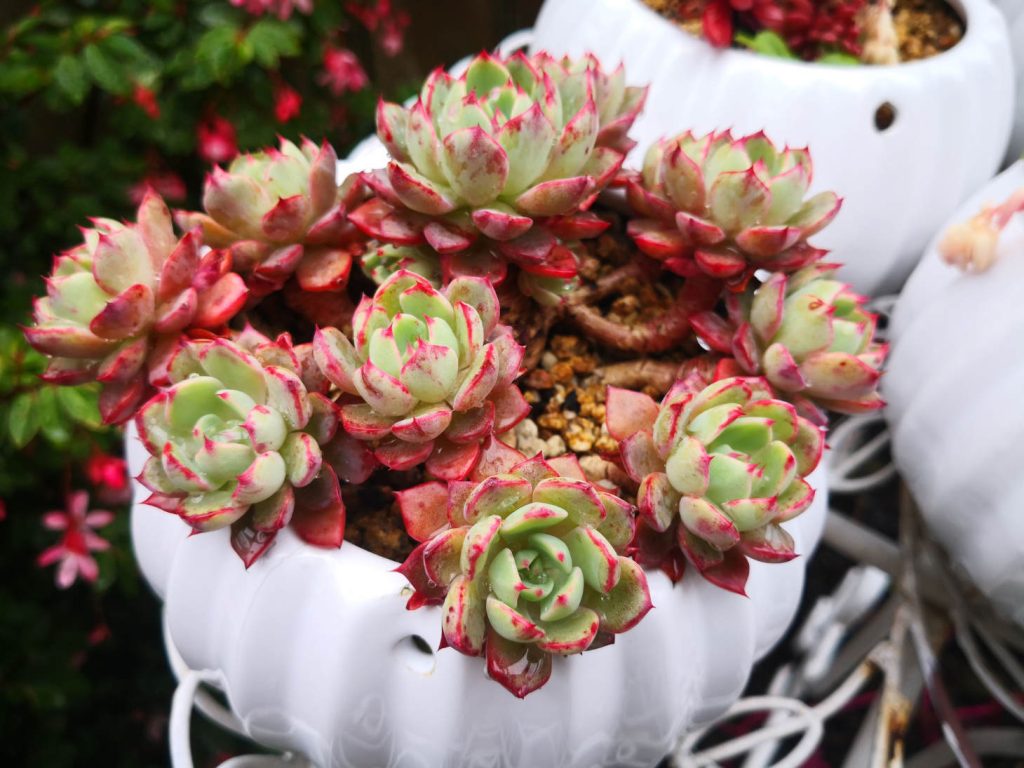
Rosette succulents are popular for their low-maintenance needs and unique appearance. With the right care, you can keep these plants healthy indoors or outdoors.
Soil and Potting Recommendations
Rosette succulents prefer a well-draining soil to help prevent root rot. Use a well-draining commercial succulent potting mix or make your own by mixing regular soil with sand or perlite.
Pick a pot with drainage holes so excess water can escape. Choose a pot that is wider than it is deep, giving room for the rosettes to grow and branch out. Keep each plant spaced far enough from others to allow airflow between leaves.
Repot every 1-2 years if the plant becomes root-bound or the soil breaks down. Always handle the roots gently to avoid damaging them.
Lighting and Temperature Needs
Most rosette succulents need at least 4-6 hours of bright, indirect light every day. Place your plants near a sunny window if you are growing them indoors. A south-facing window is ideal for strong light.
If your plant does not get enough light, the leaves will stretch out and lose their shape. Outdoors, they do best in full sun but need some shade during very hot afternoons to prevent leaf burn.
Typical hardiness zones for these plants are 9 to 12. Keep them between 65°F and 80°F (18°C–27°C) for best growth. Some rosette succulents, such as certain Echeveria varieties, are not frost-hardy, but others like Sempervivum are frost-hardy and can survive in colder climates.
Watering and Humidity
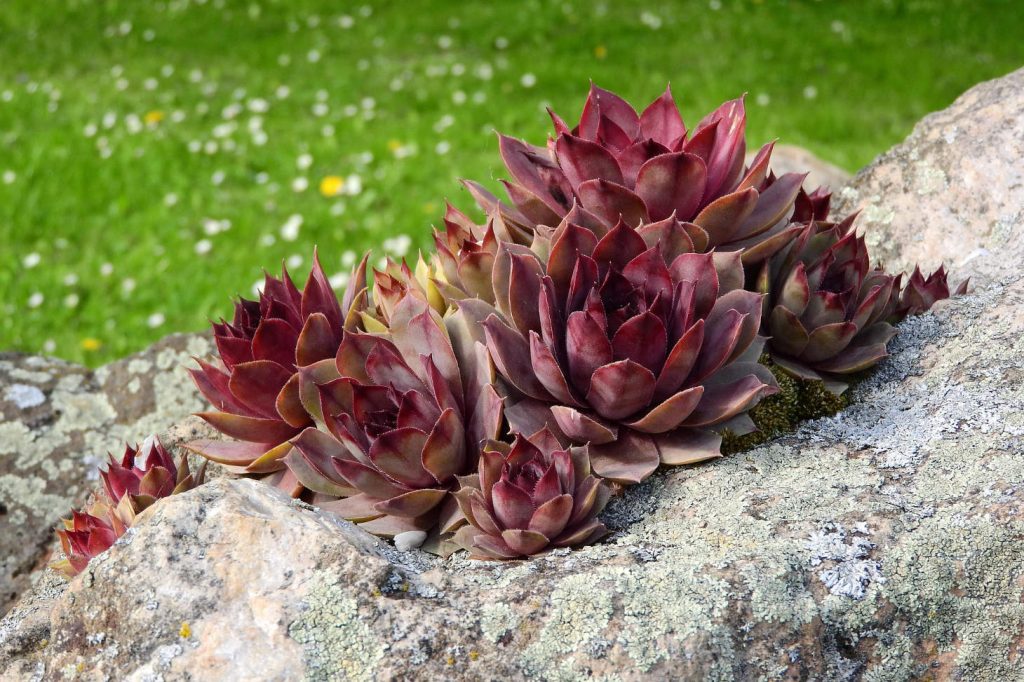
Rosette succulents store water in their leaves, so you should let the soil dry out completely between waterings. Water deeply, but only about every 1-2 weeks, depending on the climate and conditions.
During winter, water even less often. Signs of overwatering include soft, mushy leaves and yellowing. Always avoid letting the plant sit in water, as this can cause root rot.
Low humidity is best for these plants. Average indoor humidity is usually fine, so avoid misting the leaves or placing them in humid rooms like bathrooms.
Fertilization and Feeding
You do not need to fertilize rosette succulents often. For best results, feed your plant with a balanced liquid fertilizer, diluted to half strength, every 4 to 6 weeks during the spring and summer growing season.
Do not fertilize during fall or winter, as the plant’s growth slows down. Too much fertilizer can cause the leaves to grow too quickly and become weak.
If you want a simple care routine, use a succulent-specific fertilizer for easy application. Always follow the label directions to prevent accidental overfeeding.
Propagation and Lifespan
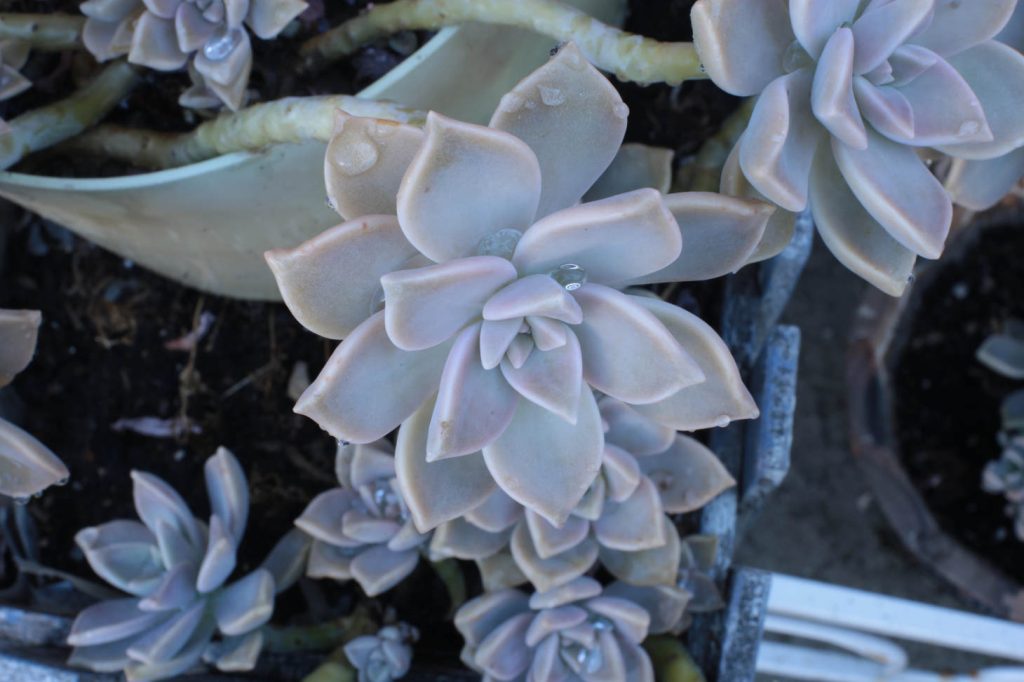
Rosette succulents are easy to multiply, and you can keep them thriving for years with the right care. There are several reliable ways to grow new plants, and understanding their growth habits helps you plan long-term care.
Methods to Propagate Rosette Succulents
You can propagate rosette succulents by stem cuttings, leaf cuttings, or by separating offsets.
- Stem Cuttings:
Cut the healthy rosette off the main plant, leaving a short stem. Let the cutting dry for a few days to avoid rot, then place it on well-draining soil. Water lightly after roots start to grow. - Leaf Cuttings:
For some varieties, gently twist off a full leaf. Allow it to dry and form a callus. Lay the leaf flat on soil, misting it occasionally. Watch for tiny roots and new rosettes to appear. - Offsets:
Mature plants often produce small baby plants called offsets or “pups” around the base. Remove them gently and plant each one in its own pot. Keep the soil just barely moist until established.
Not every succulent species can be propagated by every method. Check your plant’s type before choosing the best way.
Encouraging Offsets
Offsets are a natural way for rosette succulents to reproduce. Plants like Echeveria and Sempervivum often create many pups when they are healthy.
To encourage offset growth:
- Make sure your plant gets enough light.
- Fertilize in spring and summer.
- Avoid overcrowding, as crowded pots can slow new growth.
- Remove old leaves and debris to improve air and light.
Offsets grow faster if their roots have space. When you see pups crowding the mother plant, gently pull them away as they start to show their own roots. Pot them in loose, sandy soil. This helps new plants get started quickly and keeps the main rosette healthy.
Lifespan and Growth Patterns
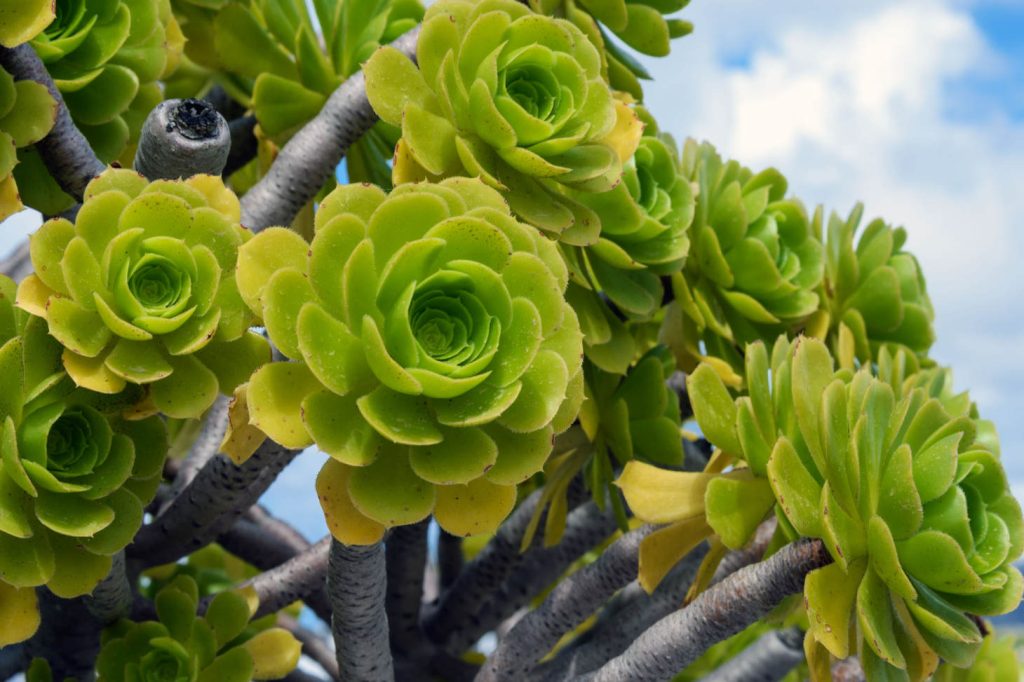
Rosette succulents can live several years if given proper care. Many types, like Echeveria and Aeonium, grow slowly and can be part of your collection for a long time.
Some rosette succulents are monocarpic, meaning the main rosette dies after flowering. However, these often produce offsets after they bloom. Removing offsets and growing them as individual plants keeps your plant line going.
Most rosette succulents have cycles of active growth in spring and summer, and slow down in fall and winter.
To extend lifespan:
- Avoid overwatering, which causes rot.
- Repot when the plant outgrows its container.
- Provide plenty of light and well-drained soil.
With attention to these details, your rosette succulents can thrive and provide new plants for many years.
Design, Uses, and Troubleshooting
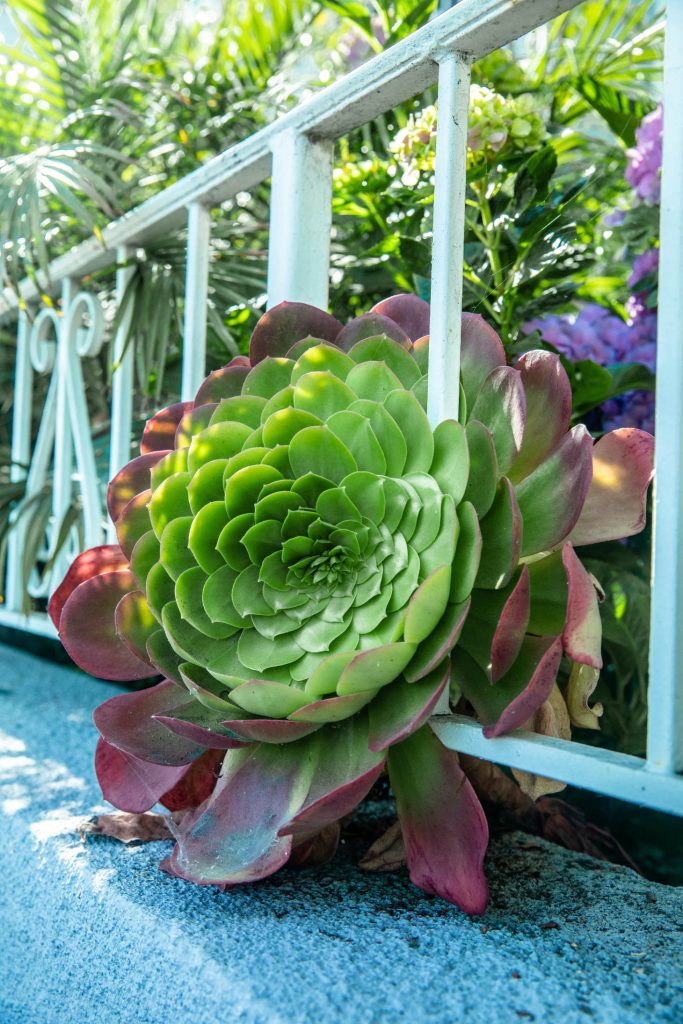
Rosette succulents fit into many garden designs and indoor displays because of their shapes and colors. They also face certain pests and diseases, so care and observation are important. Knowing common issues will help you keep your plants healthy and attractive.
Using Rosette Succulents in Gardening and Decor
You can plant rosette succulents in rock gardens, shallow pots, or mixed succulent arrangements. Their natural shape makes them great for centerpieces and living walls. Use blue-green, red, or yellow varieties for more color.
For a natural look, add items like lava rocks or driftwood around your plants. Most rosette succulents need a pot that is wider than it is deep. For cutting or propagating, use a healthy stem or rosette about 3 inches long with clean scissors.
Common placements include patio containers, desk planters, and window ledges. Grouping several plants together highlights their symmetry and form.
Pest and Disease Management
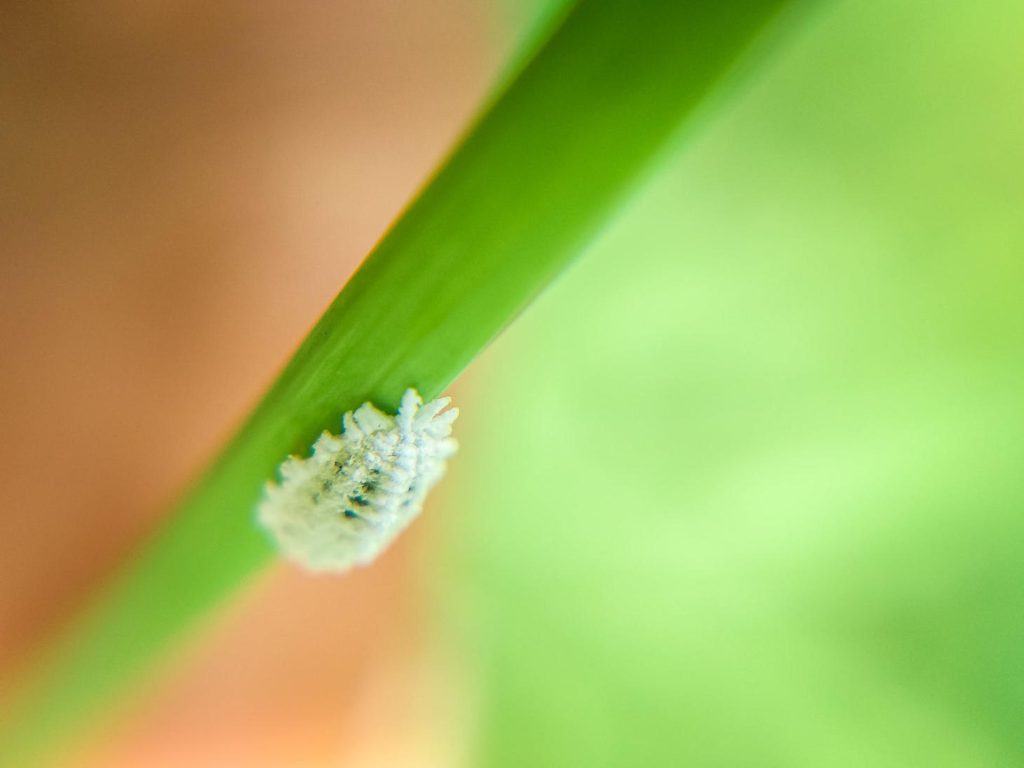
Rosette succulents can be affected by pests, especially mealybugs, aphids, and spider mites. Check for white fluff, sticky spots, or webbing between leaves. Remove pests with a strong spray of water or wipe leaves with alcohol-dipped cotton swabs.
Carry out regular checks for yellowed or mushy leaves, which may signal root rot from too much moisture. Use well-draining soil and avoid watering the leaf rosettes directly. Good air movement helps prevent disease.
If fungal spots or mold show up, trim damaged leaves and move the plant to a drier spot. Early detection keeps the infestation manageable.
Common Problems and Solutions
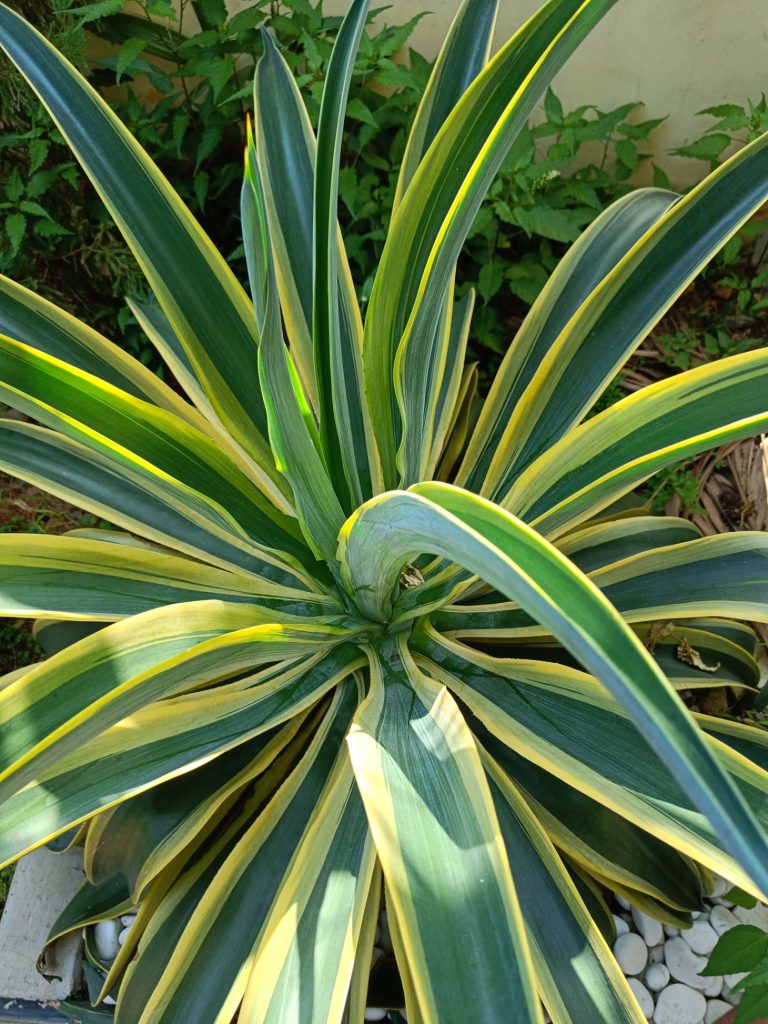
You might notice plants stretching or leaning toward light, called etiolation. Move them to a spot with more sunlight to keep their rosette shape tight and compact. If leaves are dropping or feel squishy, cut back on watering.
Use pots wide enough for healthy growth, especially for award-winning forms. Watch for signs of distress, and act early to keep your rosette succulents looking their best.

